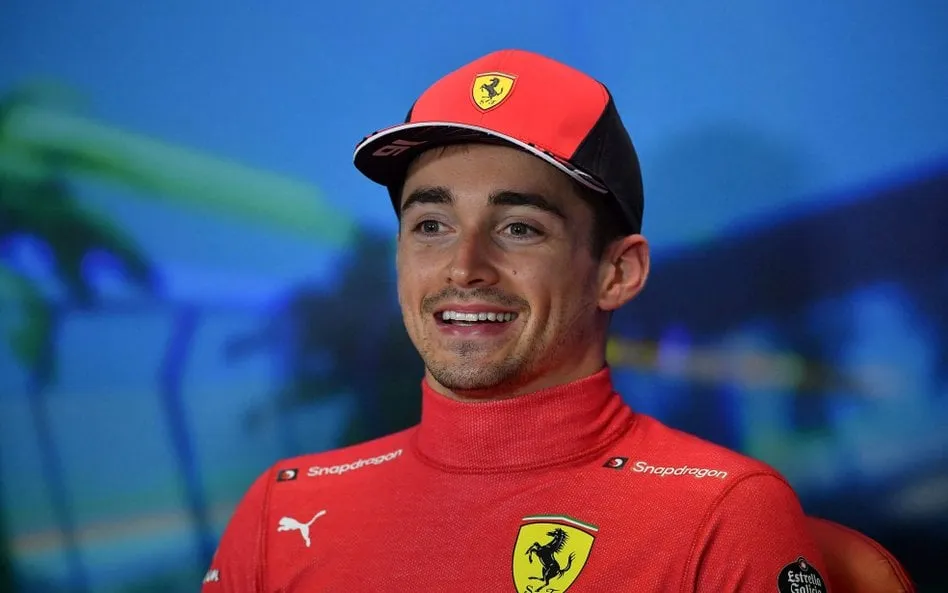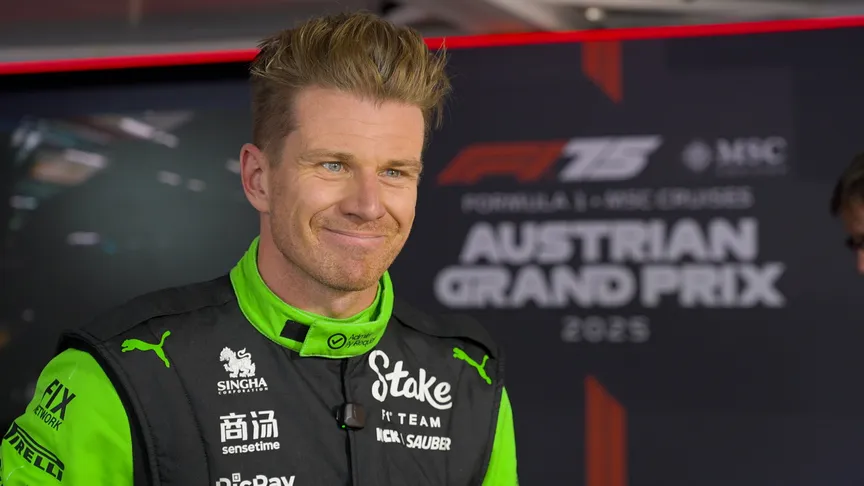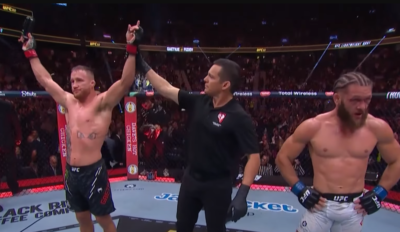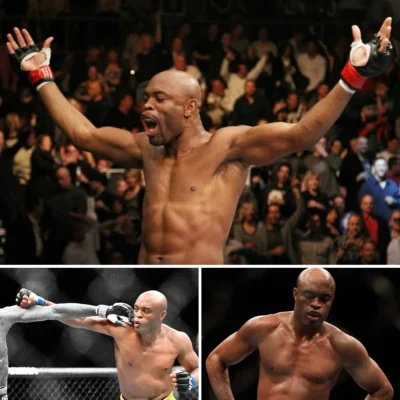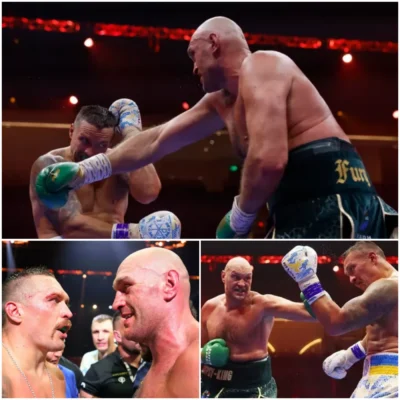

Carlos Sainz has become director of the Grand Prix Drivers Association, replacing Sebastian Vettel
Carlos Sainz has officially stepped into a new leadership role in Formula 1, taking over as the director of the Grand Prix Drivers’ Association (GPDA) after the departure of Sebastian Vettel. This transition marks an important moment in F1, as Sainz is now responsible for representing the interests of drivers in key discussions with the FIA, Formula 1 management, and race organizers.
With Vettel’s departure leaving big shoes to fill, many are wondering—can Sainz rise to the occasion and continue the legacy of strong driver advocacy in the sport? Let’s explore what this leadership change means for Formula 1, Sainz’s qualifications for the role, and the challenges that lie ahead.
Carlos Sainz: A Natural Leader in Formula 1
Carlos Sainz has been a steady and respected presence in Formula 1 since making his debut with Toro Rosso in 2015. Over the years, he has developed a reputation as a skilled and consistent driver, earning the trust of both his fellow competitors and team principals. His time at Renault, McLaren, and Ferrari has given him extensive experience navigating the inner workings of the sport, making him well-suited for a leadership role.
Sainz has also demonstrated strong communication skills and diplomacy, essential qualities for the director of the GPDA. Unlike some of his peers who are outspoken or confrontational, Sainz is known for his level-headed approach and ability to find common ground—a valuable trait when negotiating on behalf of all drivers.
His appointment signals a shift in the GPDA’s leadership as the organization transitions from the experienced hands of Vettel to a younger, still-evolving voice in the paddock.
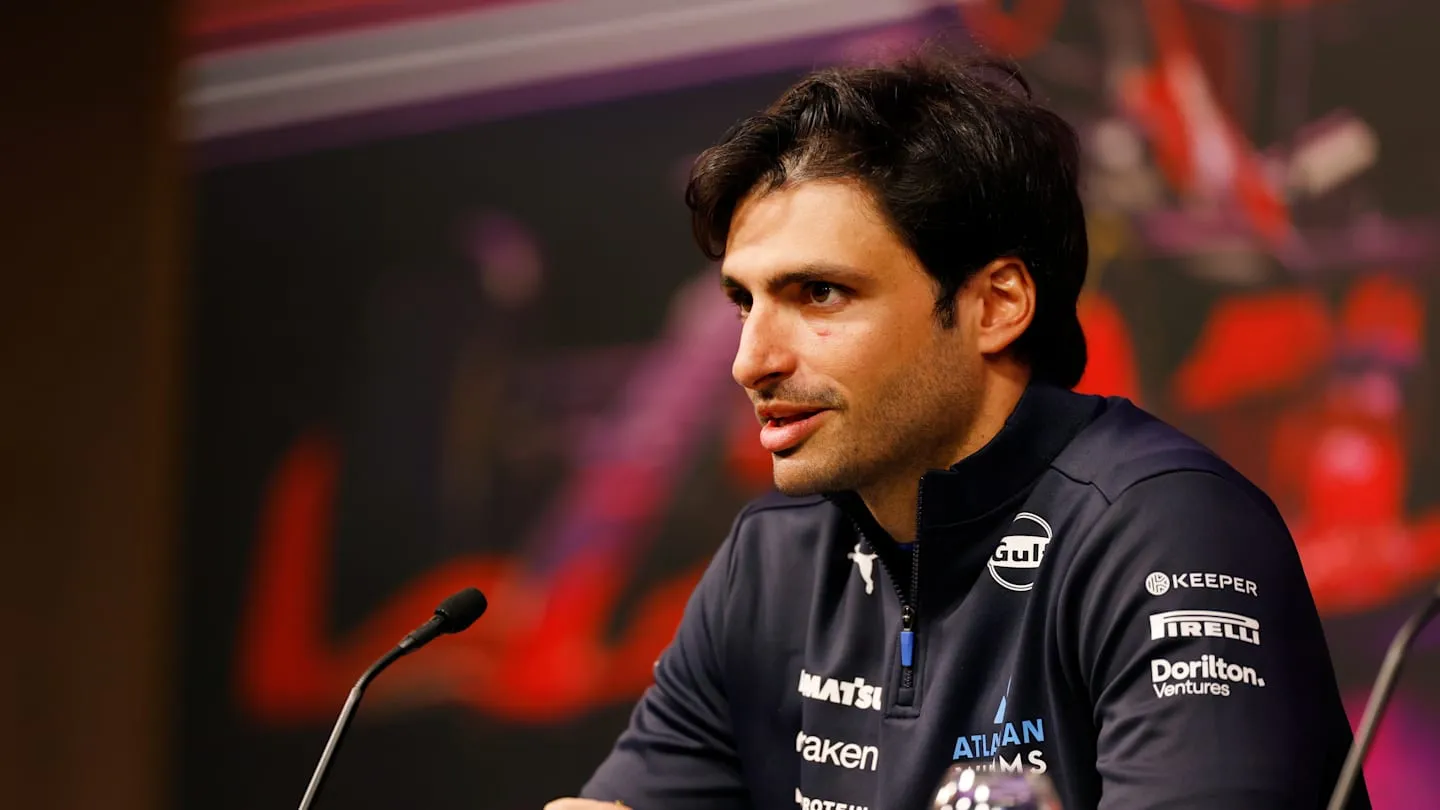
Sebastian Vettel’s Legacy as GPDA Director
Before stepping down, Sebastian Vettel played a crucial role in shaping the GPDA’s influence in Formula 1. A four-time world champion, Vettel was deeply involved in driver safety discussions, sustainability initiatives, and the push for a more competitive and fair racing environment.
Under his leadership, the GPDA:
- Advocated for increased safety measures, including track improvements and better crash protection.
- Pushed for more transparency in FIA decision-making, especially regarding penalties and racing regulations.
- Played a key role in driver unity during the controversial 2021 Abu Dhabi Grand Prix aftermath.
- Championed environmental and social initiatives, encouraging F1 to move towards a more sustainable future.
Vettel was a respected figure who commanded attention whenever he spoke on behalf of the drivers. His departure from the GPDA leaves a significant gap, and Sainz will have to prove that he can handle the same level of responsibility and influence.
Why Sainz Was Chosen for the Role
Sainz’s appointment as GPDA director is not surprising, given his growing presence in the sport. There are several key reasons why he was selected to take on this responsibility:
Respected by Fellow Drivers
Sainz has built strong relationships with almost everyone on the grid. Unlike some drivers who have had public conflicts or controversies, Sainz maintains a positive reputation. His peers trust him to represent their interests fairly, making him an ideal choice for the GPDA.
Experience with Multiple Teams
Having raced for Toro Rosso, Renault, McLaren, and Ferrari, Sainz has worked with various team cultures, engineers, and management styles. This diverse experience gives him a well-rounded perspective on F1’s operations and politics, allowing him to advocate effectively for drivers from different teams.
Balanced Approach to Leadership
Sainz is known for his calm demeanor and measured approach in press conferences and team discussions. He avoids unnecessary drama and instead focuses on finding practical solutions. This ability to stay composed under pressure will be critical in his role as GPDA director, where he will need to mediate between drivers, the FIA, and F1 leadership.
Commitment to Safety and Fair Racing
Sainz has voiced concerns about safety and fairness in racing, two of the GPDA’s primary concerns. He has previously spoken about track limits, driver penalties, and the need for clearer FIA regulations. His willingness to address these issues shows that he understands the responsibilities that come with leading the drivers’ association.
The Challenges Ahead for Sainz
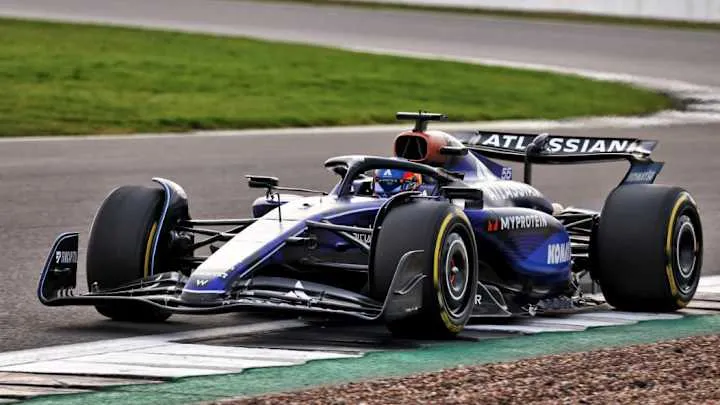
Taking over as GPDA director is a significant responsibility, and Sainz will face several key challenges in his new role.
Navigating FIA Controversies
The FIA has faced criticism in recent years for inconsistent rule enforcement and controversial decisions, particularly regarding penalties and race incidents. Sainz will need to work closely with the FIA to push for clearer and more consistent rulings while maintaining a professional and constructive approach.
Advocating for Driver Safety
Safety improvements in Formula 1 have always been a priority for the GPDA. Sainz will need to continue advocating for better track designs, improved crash protection, and enhanced safety measures to ensure that drivers remain protected at all times.
Managing Conflicts Between Drivers
While F1 drivers share common concerns, they don’t always agree on everything. Differences in racing styles, team interests, and personal rivalries can create tensions within the grid. Sainz will have to act as a mediator, ensuring that all voices are heard while finding compromises that benefit the majority.
Balancing His Racing Career and Leadership Role
As a Ferrari driver, Sainz is already under immense pressure to perform at the highest level. Adding the responsibilities of GPDA director to his workload will require careful time management and focus. Vettel successfully balanced both roles, but can Sainz do the same without it affecting his on-track performance?
What This Means for Formula 1
Sainz’s leadership of the GPDA comes at a crucial time for Formula 1. The sport is undergoing significant changes, from new regulations to the continued push for sustainability and fairness. Having a strong, respected driver leading the GPDA ensures that the drivers’ voices remain influential in shaping the future of F1.
With Sainz at the helm, the GPDA is likely to continue pushing for:
- More consistent race stewarding decisions.
- Greater involvement in rule-making processes.
- Continued safety enhancements.
- More transparency in FIA operations.
His appointment also signals a generational shift in leadership within the paddock. As older veterans like Vettel and Lewis Hamilton gradually step back, younger stars like Sainz, George Russell, and Lando Norris are taking on more responsibility in shaping the sport’s future.
Conclusion: Is Sainz Ready for the Challenge?
Carlos Sainz stepping into the GPDA director role is a defining moment in his career. While he may not yet have the same level of experience as Vettel, he possesses the qualities necessary to succeed—intelligence, diplomacy, and a genuine passion for the sport’s future.
His leadership will be tested in the coming years as F1 continues to evolve with new regulations and challenges. But if his track record as a professional, team player, and respected competitor is any indication, Sainz is more than capable of handling the responsibility.
As he balances his duties as a Ferrari driver and GPDA leader, all eyes will be on him to see whether he can continue Vettel’s legacy while bringing fresh ideas and energy to the drivers’ association. If he succeeds, he won’t just be remembered as one of F1’s top racers—but also as a key figure in shaping the sport’s future.








